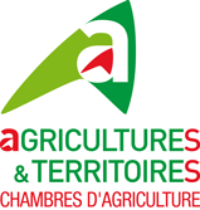Document type: Scientific review published in Animals
Authors: Laia Blavi, David Solà-Oriol, Pol Llonch, Sergi López-Vergé, Susana María Martín-Orúe, José Francisco Pérez
Preview: The performance of piglets in nurseries may vary depending on body weight, age at weaning, management, and pathogenic load in the pig facilities. The early events in a pig's life are very important and may have long lasting consequences, since growth lag involves a significant cost to the system due to reduced market weights and increased barn occupancy. The present review evidences that there are several strategies that can be used to improve the performance and welfare of pigs at weaning. A complex set of early management and dietary strategies have been explored in sows and suckling piglets for achieving optimum and efficient growth of piglets after weaning. The management strategies studied to improve development and animal welfare include: (1) improving sow housing during gestation, (2) reducing pain during farrowing, (3) facilitating an early and sufficient colostrum intake, (4) promoting an early social interaction between litters, and (5) providing complementary feed during lactation. Dietary strategies for sows and suckling piglets aim to: (1) enhance fetal growth (arginine, folate, betaine, vitamin B12, carnitine, chromium, and zinc), (2) increase colostrum and milk production (DL-methionine, DL-2-hydroxy-4-methylthiobutanoic acid, arginine, L-carnitine, tryptophan, valine, vitamin E, and phytogenic actives), (3) modulate sows' oxidative and inflammation status (polyunsaturated fatty acids, vitamin E, selenium, phytogenic actives, and spray dried plasma), (4) allow early microbial colonization (probiotics), or (5) supply conditionally essential nutrients (nucleotides, glutamate, glutamine, threonine, and tryptophan).






